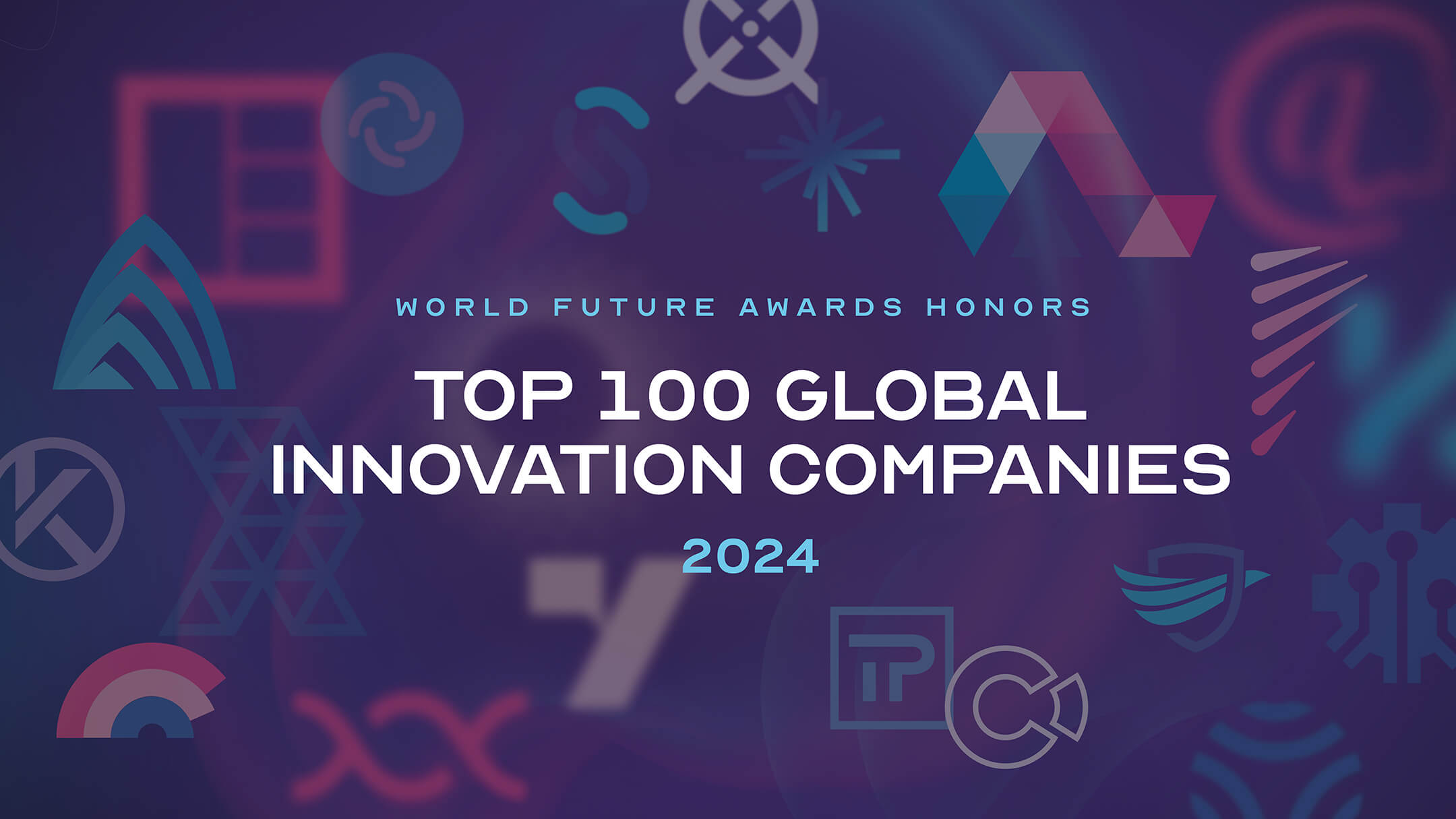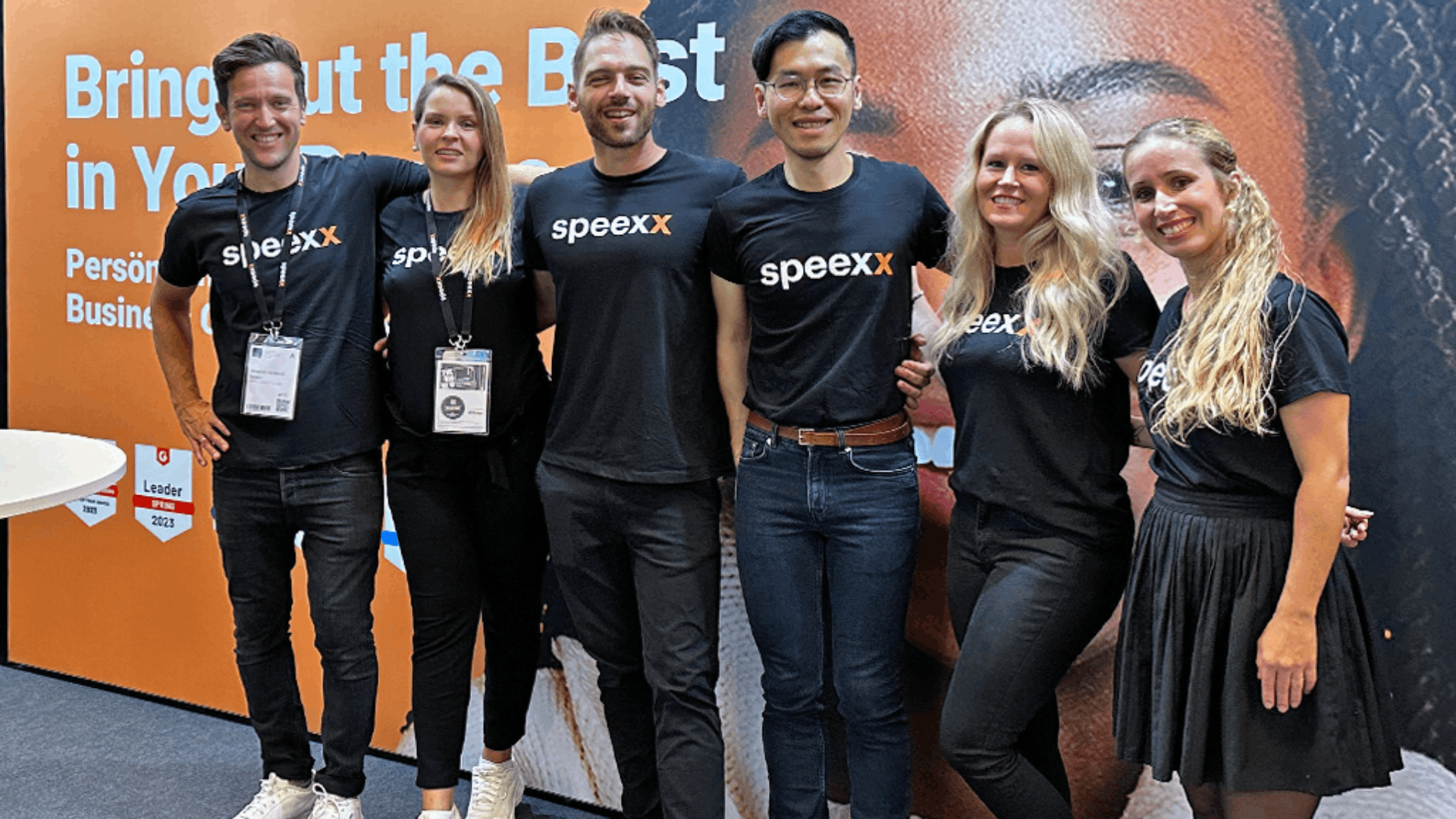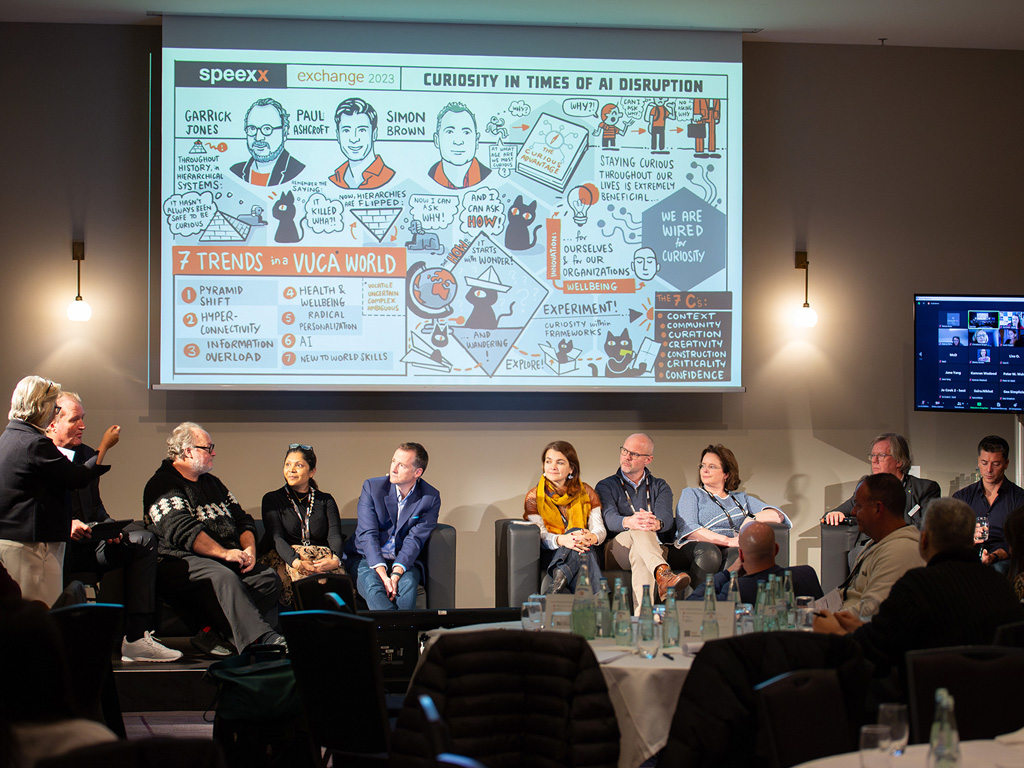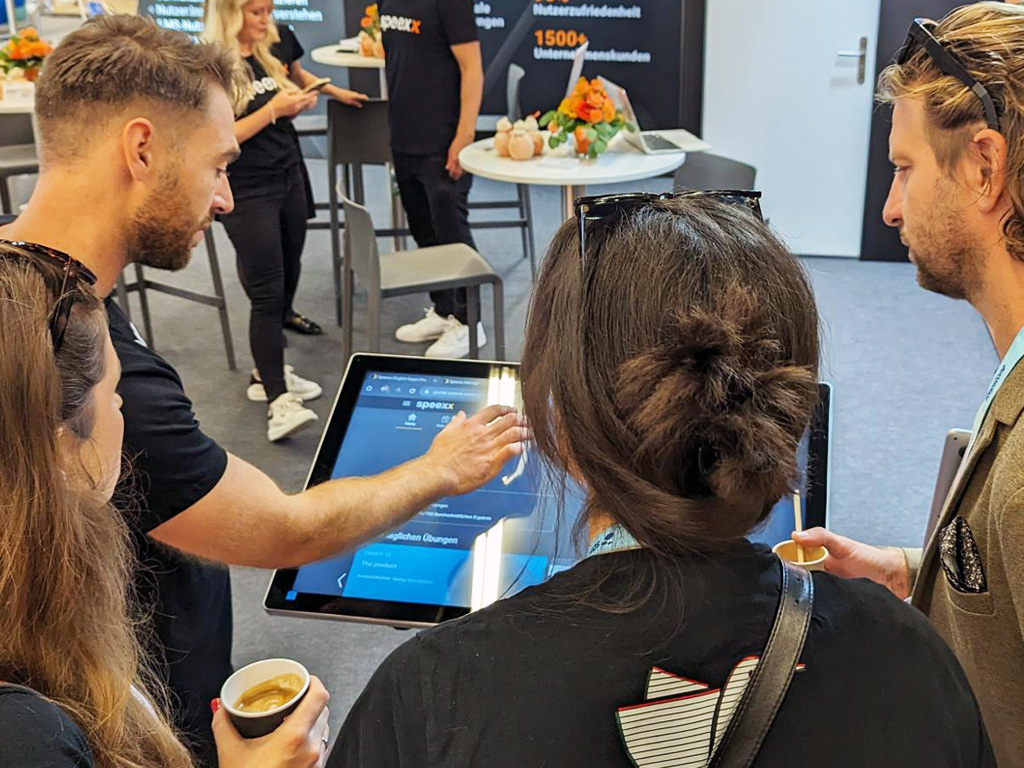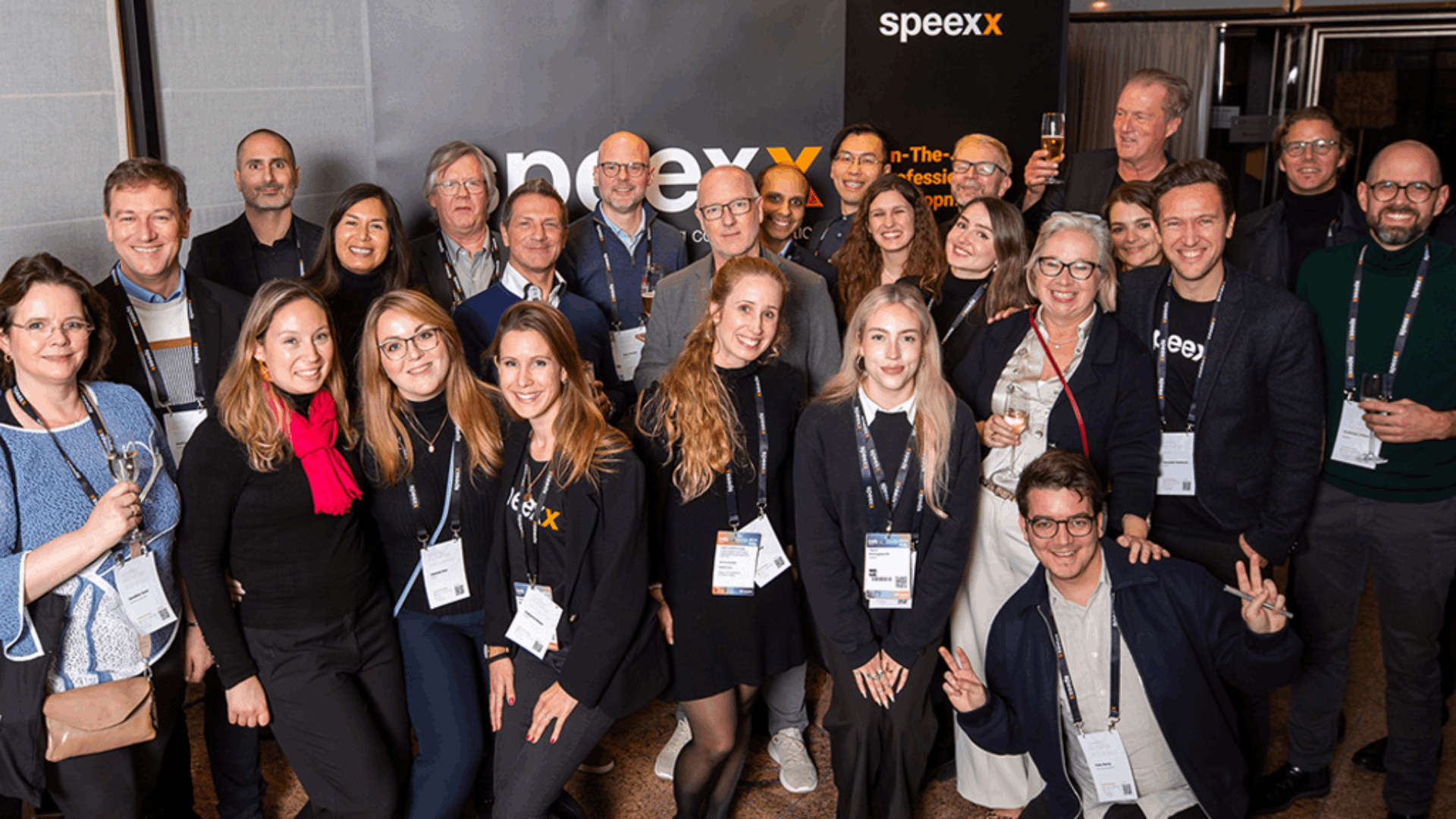Celebrating Global Innovators Shaping the Future
In a world where progress and innovation are the lifeblood of advancement, the World Future Awards is delighted to announce the Top 100 Global Innovation Leaders. This prestigious recognition honors the extraordinary efforts of companies that have profoundly impacted the modern world, driving technological advancement, sustainability, and enhanced user experiences across various industries.
Celebrating Visionary Contributions
Over the past 10-20 years, these pioneering companies have significantly advanced technology, embraced sustainable practices, and redefined user experiences, leaving an indelible mark on the global stage. Their achievements reflect a loyalty to quality and a vision for a brighter, more connected future.
The accomplishments of these companies in 2024 and their contributions to their respective sectors have cemented their status as leaders and forerunners in global technological progress. World Future Awards honors each brand in the TOP 100 and extends recognition to their distinguished contributions to shaping a more connected and secure world of tomorrow.
Key Contributions of the 100 Global Innovation Companies
- Alphabet Inc. (Google): Pioneering developments in artificial intelligence and quantum computing, revolutionizing how we interact with technology and access information.
- Tesla, Inc.: Leading the charge in electric vehicle innovation and sustainable energy solutions, driving the world toward a greener future.
- SpaceX: Transforming space exploration and satellite deployment, making space more accessible and inspiring a new era of interplanetary travel.
- Microsoft Corporation: Innovating in cloud computing and artificial intelligence, enhancing productivity and connectivity across the globe.
- Amazon.com, Inc.: Redefining e-commerce and logistics, setting new standards in customer experience and supply chain efficiency.
- Samsung Electronics: Advancing consumer electronics and semiconductor technology, shaping the future of smart devices and digital connectivity.
- Apple Inc.: Continually pushing the boundaries of design and functionality in consumer electronics, creating products that redefine user experience.
- Siemens AG: Innovating in industrial automation and smart infrastructure, promoting efficient and intelligent systems.
- Dyson: Dyson Ltd is a British technology company renowned for its innovative vacuum cleaners, air purifiers, hand dryers, bladeless fans, heaters, and hair dryers. Founded by Sir James Dyson, the company emphasizes cutting-edge engineering and design.
- Grubhub: Grubhub Inc. is an American online and mobile food-ordering and delivery marketplace that connects diners with local restaurants. It provides a convenient way to order food from a wide variety of cuisines and delivery options.
- Nike: Nike, Inc. is a multinational corporation that designs, manufactures, and markets footwear, apparel, equipment, and accessories. Known for its iconic “Swoosh” logo and “Just Do It” slogan, Nike is a global leader in sportswear and athletic products.
- Belkin: Belkin International, Inc. is an American consumer electronics and networking company that produces products like wireless chargers, home automation devices, networking solutions, and various accessories for computers and mobile devices.
- Xerox: Xerox Holdings Corporation is an American corporation that sells print and digital document products and services. It is best known for its photocopiers, printers, and office solutions that revolutionized document management.
- Oral-B: Oral-B is an American brand of oral hygiene products, including toothbrushes, toothpastes, and dental floss. It is a leader in dental care technology, particularly known for its electric toothbrushes.
- Figma: Figma is a collaborative interface design tool used for web and mobile application development. It allows multiple users to design, prototype, and share feedback in real time, fostering collaboration among design teams.
- Rivian: Rivian Automotive, Inc. is an American electric vehicle automaker known for its electric trucks and SUVs. The company focuses on adventure-oriented EV with advanced technology and sustainability at its core.
- Toshiba: Toshiba Corporation is a Japanese multinational conglomerate that manufactures a diverse range of products and services including electronics, power systems, and IT solutions. It is known for its innovations in consumer electronics and infrastructure systems.
- DoorDash: DoorDash, Inc. is an American on-demand prepared food delivery service. It connects customers with local restaurants and provides quick delivery of meals, making dining more convenient.
- Samsara: Samsara Inc. is a provider of Internet of Things (IoT) solutions that help businesses improve their operational efficiency. It offers products for fleet management, industrial process monitoring, and other applications using sensors and cloud-based software.
- Mirror: Mirror is a nearly invisible interactive home gym that streams live and on-demand fitness classes. Acquired by Lululemon, it offers a wide variety of workouts and personal training sessions.
- Krups: Krups is a German brand of kitchen appliances known for its coffee makers and precision-engineered products. It emphasizes innovation, quality, and user-friendly design in its appliances.
- Canon: Canon Inc. is a Japanese multinational corporation specializing in imaging and optical products, including cameras, camcorders, printers, and medical equipment. Canon is a leader in the imaging industry with a reputation for high-quality products.
- Netflix: Netflix, Inc. is an American streaming service and production company. It offers a wide variety of TV shows, movies, documentaries, and original programming across numerous genres and languages.
- Miro: Miro is an online collaborative whiteboard platform designed to facilitate remote work. It provides tools for brainstorming, planning, and collaboration, making it easier for teams to work together from different locations.
- Brex: Brex Inc. is a financial services company that offers business credit cards and cash management accounts. It is designed to help startups and growing companies manage their finances more efficiently.
- Gemini: Gemini is a cryptocurrency exchange and custodian that allows users to buy, sell, and store digital assets. It is known for its security and regulatory compliance in the crypto industry.
- Cameo: Cameo is an online platform that allows celebrities to send personalized video messages to fans. It has become popular for connecting fans with their favorite stars in a unique and personal way.
- MetaQuest: MetaQuest (formerly Oculus Quest) is a line of virtual reality headsets developed by Meta Platforms. It offers an immersive VR experience for gaming, social interaction, and productivity.
- Kiswe: Kiswe is a video streaming technology company that specializes in interactive live streaming. It provides solutions for broadcasters to engage with their audiences in innovative ways.
- NIO: NIO Inc. is a Chinese electric vehicle manufacturer known for its innovative and high-performance electric vehicles. NIO focuses on creating a premium EV.
- Sony: Sony Group Corporation is a Japanese multinational conglomerate known for its electronics, gaming, entertainment, and financial services. Sony is a leader in the development of consumer electronics and entertainment products.
- Nuro: Nuro is a robotics company that specializes in autonomous delivery vehicles. These vehicles are designed to transport goods locally, offering a safe, efficient, and sustainable delivery solution.
- GoPro: GoPro, Inc. is an American technology company known for its action cameras. GoPro cameras are widely used for capturing high-quality video in extreme conditions and are popular in sports and adventure videography.
- Glossier: Glossier, Inc. is an American skincare and cosmetics company that sells products directly to consumers through e-commerce. It is known for its minimalist packaging and focus on natural beauty.
- Google Fi: Google Fi is a telecommunications service by Google that provides phone calls, SMS, and mobile broadband using cellular networks and Wi-Fi. It aims to offer flexible and high-quality mobile services.
- Jura: Jura Elektroapparate AG is a Swiss developer and distributor of home appliances, particularly known for its fully automatic espresso machines. Jura products are celebrated for their quality, design, and innovation in coffee making.
- Spotify: A major player in digital music streaming, innovating in music discovery and personalized recommendations.
- Adobe: Known for creative software like Photoshop and Premiere, Adobe also excels in digital marketing solutions.
- Square: Innovating in financial services and mobile payments, making transactions easier for small businesses.
- Stripe: Innovating in fintech, Stripe provides powerful payment processing solutions for internet businesses.
- Huawei: A leader in telecommunications and consumer electronics, with significant advancements in 5G technology.
- Meta (formerly Facebook): Innovating in social media, virtual reality (Oculus), and augmented reality.
- Intel: A key player in semiconductor manufacturing, Intel drives innovation in processors and various computing technologies.
- IBM: Focused on AI, cloud computing, and quantum computing, IBM continues to innovate in enterprise technology solutions.
- Salesforce: Leading in customer relationship management (CRM) software and cloud-based enterprise solutions.
- Oracle Corporation: Recognized for its innovations in database management systems and enterprise software solutions, Oracle has been a cornerstone in the technology sector, enhancing data management and business applications.
- Cisco Systems: A leader in networking technology, Cisco has transformed global communications with its pioneering solutions in internet networking, cybersecurity, and IoT.
- QUALCOMM Incorporated: At the forefront of wireless technology, QUALCOMM has driven advancements in mobile communications, including 5G, enabling faster and more reliable connectivity worldwide.
- Eli Lilly and Company: A prominent name in pharmaceuticals, Eli Lilly has made significant contributions to medical research and drug development, improving healthcare outcomes globally.
- SAP SE: Known for its enterprise software, SAP has revolutionized business operations with its comprehensive solutions in ERP, analytics, and cloud computing.
- Mastercard: Innovating in the financial services industry, Mastercard has enhanced payment systems and financial inclusion with its secure and efficient transaction solutions.
- Airbus SE: A leading aerospace manufacturer, Airbus has advanced aviation technology, contributing to more efficient and sustainable air travel.
- BASF: A global leader in chemical manufacturing, BASF has driven innovation in materials science, agriculture, and sustainability.
- Pernod Ricard: Renowned for its premium spirits and wines, Pernod Ricard has combined tradition with innovation in the beverage industry.
- Takeda Pharmaceutical: As a major pharmaceutical company, Takeda has focused on innovative treatments and therapies, particularly in oncology and gastroenterology.
- ZTE Corporation: A key player in telecommunications, ZTE has advanced mobile communications and networking technology, including 5G infrastructure.
- DUPONT: With a long history of scientific innovation, DUPONT has contributed to advancements in materials science, agriculture, and electronics.
- 3M: Known for its diverse range of products, 3M has led innovations in health care, consumer goods, and industrial solutions.
- Expedia Group: Transforming travel and tourism, Expedia has provided innovative online travel booking and services, enhancing the travel experience.
- Visa Inc.: A global leader in digital payments, Visa has developed secure and efficient payment systems, facilitating global commerce.
- Baidu: As a major technology company in China, Baidu has pioneered advancements in AI, search engines, and autonomous driving.
- UPS (United Parcel Service): A leader in logistics, UPS has innovated in supply chain management and delivery services, improving global logistics efficiency.
- L’Oréal: A global leader in beauty and cosmetics, L’Oréal has driven innovation in skincare, makeup, and sustainable beauty products.
- Diageo: A prominent player in the beverage industry, Diageo has combined heritage and innovation in its portfolio of spirits and beers.
- Nestlé: As a leading food and beverage company, Nestlé has innovated in nutrition, health, and wellness, offering a wide range of products.
- ABB Ltd.: A leader in industrial automation and robotics, ABB has advanced technologies in electrification, robotics, and motion.
- Rolls-Royce Holdings plc: Known for its high-performance engines, Rolls-Royce has innovated in the aerospace, marine, and energy sectors.
- TOTAL S.A.: A major energy company, TOTAL has driven advancements in oil, gas, and renewable energy, contributing to the global energy transition.
- Ferrari N.V.: Renowned for its luxury sports cars, Ferrari has combined cutting-edge automotive technology with incomparable design and performance.
- PepsiCo, Inc.: A global leader in food and beverages, PepsiCo has innovated in product development and sustainability in its diverse portfolio.
- Thomson Reuters Corporation: A leading provider of business information services, Thomson Reuters has advanced data analytics and media solutions.
- X, Inc.: As a social media giant, X (formerly Twitter) has revolutionized communication and social interaction in the digital age.
- Nikon Corporation: Known for its optical and imaging products, Nikon has driven innovation in cameras, microscopes, and precision equipment.
- Tata Motors Limited: A major automotive manufacturer, Tata Motors has advanced vehicle design and technology, contributing to global automotive innovation.
- POSCO: One of the world’s largest steelmakers, POSCO has driven advancements in steel production and materials technology.
- AB Electrolux: A leader in household appliances, Electrolux has innovated in-home care and appliances, enhancing everyday living.
- Chevron Corporation: A major energy company, Chevron has driven advancements in oil and gas exploration and production, as well as renewable energy.
- Kawasaki Heavy Industries: Known for its diverse range of products, Kawasaki has innovated in aerospace, energy, industrial equipment, and transportation.
- Danone SA: A global leader in food and beverages, Danone has focused on nutrition and health, innovating in dairy, plant-based products, and water.
- Dropbox, Inc.: A pioneer in cloud storage and collaboration tools, Dropbox has enhanced how people and businesses store and share information.
- RWE Aktiengesellschaft: A major energy company, RWE has driven advancements in renewable energy and power generation.
- HOYA Corporation: Known for its optical products, HOYA has innovated in healthcare, medical technology, and electronics.
- Keihin Corporation: A leader in automotive components, Keihin has advanced fuel injection systems and air conditioning technologies.
- Taisho Pharmaceutical: A major pharmaceutical company, Taisho has focused on over-the-counter medicines and healthcare products.
- Daimler AG: A leading automotive manufacturer, Daimler has driven innovations in vehicle design, safety, and autonomous driving.
- Hitachi, Ltd.: A global technology company, Hitachi has advanced solutions in IT, energy, industry, and healthcare.
- Valeo SA: An automotive supplier, Valeo has driven advancements in smart mobility, electrification, and autonomous driving technologies.
- Schaeffler AG: A global automotive and industrial supplier, Schaeffler has innovated in precision components and systems.
- Konica Minolta, Inc.: Known for its imaging and optical products, Konica Minolta has driven innovation in digital imaging and office solutions.
- Gensler: A global architecture and design firm, Gensler has advanced sustainable and innovative design solutions for the built environment.
- Mattel, Inc.: A leader in the toy industry, Mattel has driven creativity and innovation in children’s toys and entertainment.
- OpenAI: At the forefront of artificial intelligence research, OpenAI has driven advancements in AI technologies and applications.
- KinetX: A leader in aerospace engineering, KinetX has advanced satellite navigation and space mission design.
- Hopper: A travel technology company, Hopper has innovated in predictive analytics for travel booking and planning.
- Vanta: Specializing in security and compliance automation, Vanta has enhanced data protection and regulatory compliance for businesses.
- Symbotic: A leader in warehouse automation, Symbotic has driven innovations in robotics and AI for supply chain efficiency.
- Honda Motor Co., Ltd.: A major automotive manufacturer, Honda has advanced vehicle technology, robotics, and sustainable mobility solutions.
- Bitcoin: Bitcoin is a decentralized digital currency that operates on a peer-to-peer network, allowing transactions without the need for intermediaries. Created in 2009 by the pseudonymous Satoshi Nakamoto, it introduced blockchain technology, revolutionizing the concept of digital assets and finance.
- Airbnb: Airbnb is an online marketplace that connects people looking to rent accommodations. Founded in 2008, it has grown into a global platform facilitating unique travel experiences.
- Johnson & Johnson: Recognized for their groundbreaking work in medical devices, pharmaceuticals, and consumer health products, Johnson & Johnson has consistently driven healthcare innovation, improving patient outcomes worldwide.
Recognizing Their Lasting Impact
Each of the Top 100 Global Innovation Companies has contributed significantly to their fields, demonstrating a sustained commitment to innovation, excellence, and societal betterment. Our team at World Future Awards honors their dedication and achievements, acknowledging their lasting impact on the global stage. Their visionary work not only addresses current challenges but also paves the way for a more prosperous and sustainable future.
It is with great pride and admiration that we present the Top 100 Global Innovation Companies of 2024 with our award, recognizing their outstanding contributions and unwavering commitment to progress.
About World Future Awards
The World Future Awards is dedicated to celebrating and promoting innovation across various sectors. Our mission is to highlight the achievements of visionary companies and individuals who are making significant contributions to the advancement of society and the betterment of our world.


